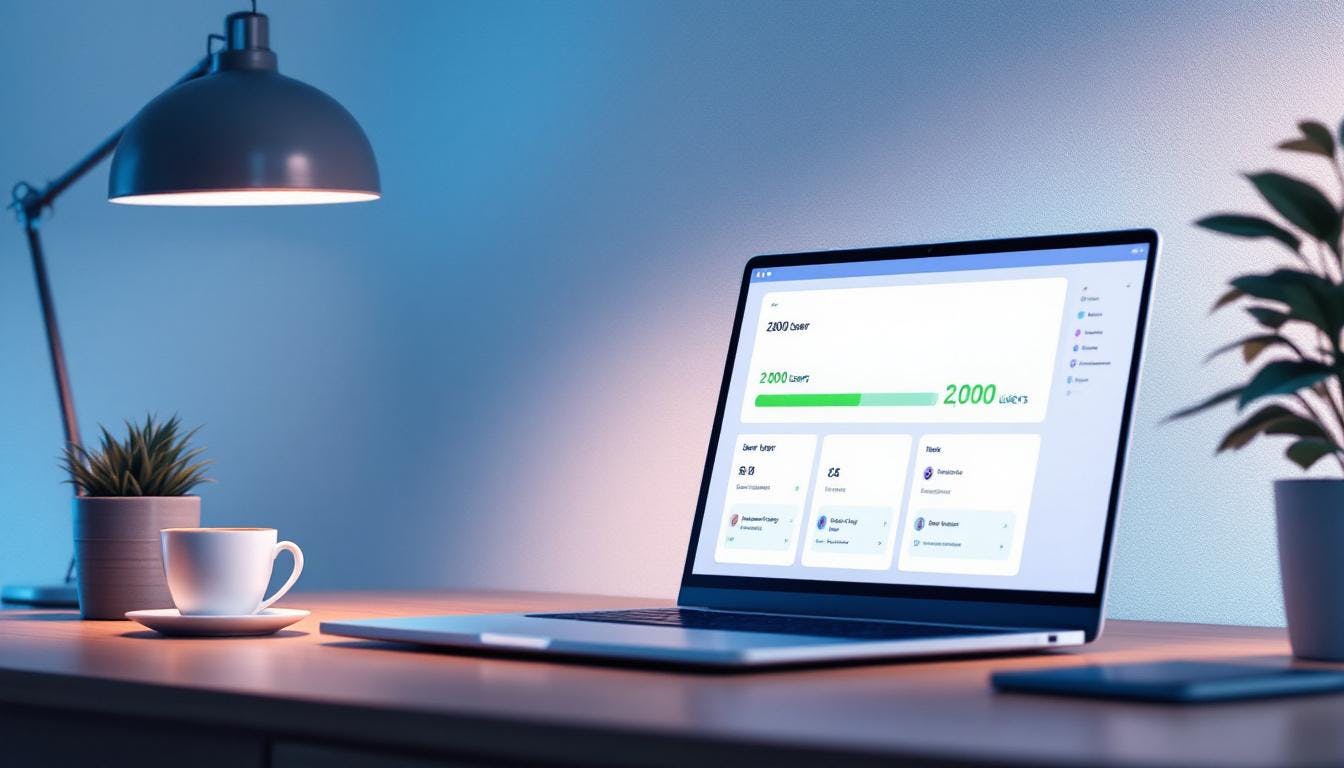How to Build a Startup Product When You Can’t Code
Launching a startup doesn't require coding skills—it requires a clear vision, strategic thinking, and the right approach to validating and executing your idea. Here's a step-by-step guide for non-technical entrepreneurs ready to bring their product to life:

Step 1: Ideation and Validation
First, clearly define your product idea. Identify the problem you’re solving, the target audience, and the core features your product must have (MVP - Minimum Viable Product).
- Research thoroughly: Explore your niche (local, healthcare, real estate, fitness, education, etc.) and ensure your solution fills a genuine gap.
- Validate the idea: Talk to potential users, conduct surveys, or participate in niche forums and social media groups. Confirm there's real demand before investing further.
Step 2: Prototyping Your Concept
Creating a prototype doesn't require coding skills—there are powerful no-code tools designed specifically for this:
- Wireframing: Use platforms like Figma, Sketch, or Adobe XD to visually outline your app or platform or even Lovable / Bolt for the first steps.
- Interactive prototyping: Tools like Bubble, Adalo, or Glide can turn your wireframe into a clickable, interactive mock-up without writing code.
A prototype allows you to collect user feedback early, refine your idea, and communicate clearly with potential developers or investors.
Step 3: Finding the Right Development Partner
Since you're not coding the product yourself, finding a reliable technical partner or outsourcing your development is crucial. Here’s how to approach this:
- Clearly scope your MVP: Create a detailed document outlining essential features, functionalities, and any integrations required. Clearly define user flows, user roles, and expected outcomes. Keep it lean and focused, avoiding feature creep.
- Evaluate developers or agencies: Perform due diligence thoroughly. Check their previous projects closely aligned with your idea, read client testimonials on platforms like Clutch or Google Reviews, and speak directly with former clients about their experiences. Ask specifically about communication style, delivery timelines, and post-launch support.
- Interview and test potential partners: Schedule initial calls or meetings with several developers or agencies to assess their understanding of your project and their proposed approach. Evaluate their ability to communicate clearly and their enthusiasm for your idea.
- Discuss the technical stack: Even without coding expertise, it's helpful to discuss the technologies your partner proposes. Ensure they use modern, widely-adopted frameworks and tools, as this affects long-term maintainability and scalability.
- Consider fixed-price MVP packages: Small teams like Tessellate Labs specialize in turning your validated idea into a functional MVP at a fixed cost and timeline—ideal for non-technical founders. Fixed-price models can prevent unexpected costs and encourage clearer, more precise scoping from the beginning.
- Review contracts and agreements carefully: Ensure the contract clearly outlines deliverables, timelines, payment terms, intellectual property rights, and support post-launch. Consider consulting a legal advisor to ensure clarity and protection.
Step 4: Managing the Development Process
Even without technical expertise, you can effectively manage the development process by:
- Regular check-ins: Schedule weekly updates with your developer or agency to review progress and address issues early.
- Transparent communication: Maintain open dialogue to ensure your vision aligns with the technical execution.
- Testing early and often: Test your MVP continuously with real users, gather feedback, and communicate needed changes promptly.
Step 5: Launching and Iterating Your MVP
Once the MVP is ready, focus on early user acquisition:
- Target niche communities: Engage with online forums, social media, and industry-specific communities to gain initial traction.
- Gather and analyze user feedback: Collect data to see what works, what's missing, and how your product can improve.
- Iterate and scale: Use feedback to refine your product continuously. Start lean, remain flexible, and evolve based on real user needs.
Help
Building a successful startup without coding is entirely feasible. It’s about validating your idea, clearly communicating your vision, partnering wisely, and continuously iterating based on user feedback.
By focusing on these core steps, even non-technical entrepreneurs can effectively turn ideas into impactful digital products.
Interested in launching your MVP quickly without coding? Reach out to Tessellate Labs and let us help you get started!
